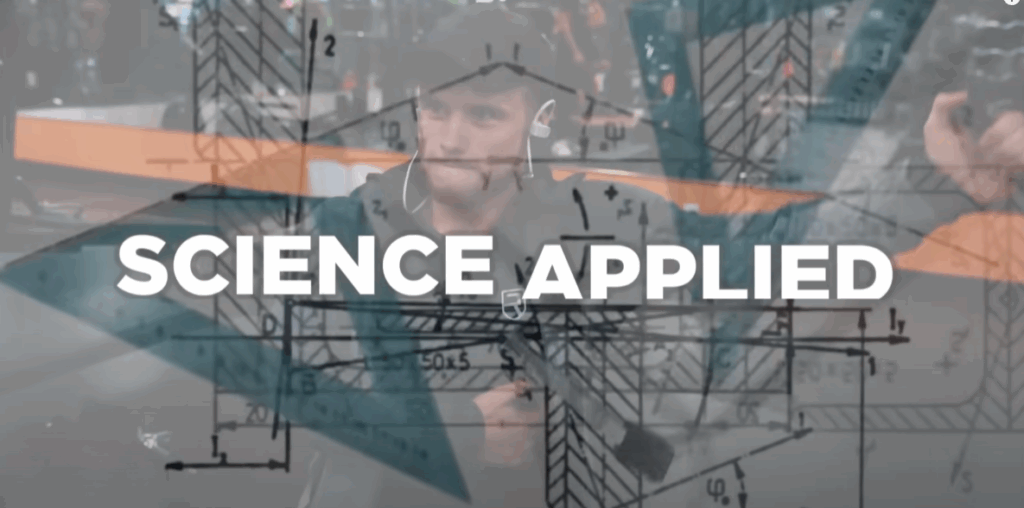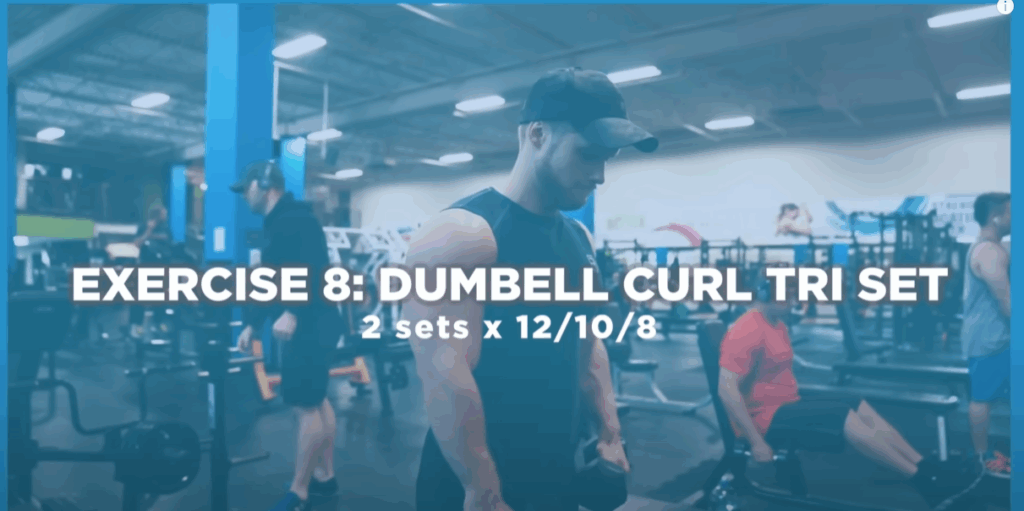As a coach with two decades of experience, I’ve long preached the importance of an intelligent, evidence-based approach to training. In a well-structured push-pull-legs (PPL) split, the second pull day of the week is a golden opportunity to double down on muscle growth. This session is designed to hit the back (lats and traps), rear delts, and biceps for the second time, aligning with the scientific consensus that a frequency of at least twice per week is optimal for hypertrophy.
This workout is all about mindfully engaging the muscles and focusing on the quality of each repetition. While the first pull day might be centered on heavy, compound movements to build raw strength, this session leverages different techniques to stimulate growth, manage fatigue, and address muscle imbalances.

Back-Focused Movements: Beyond the Basics
We’ll kick things off with a dynamic warm-up to get the blood flowing and prepare the muscles for the work to come. Then, we dive into the first working exercise, where we introduce a key principle of modern hypertrophy training.
1. Eccentric-Accentuating Lat Pulldowns (3 sets of 8-10 reps)
While both pull-ups and pulldowns are effective for lat development, we’ll use the pulldown today to focus on a powerful technique: eccentric training. The eccentric phase, or the lengthening of the muscle under tension, is a potent stimulus for muscle growth. Research has shown that eccentric contractions can elicit greater gains in lean muscle mass compared to concentric or isometric contractions.
To take advantage of this, we’ll use a 3-4 second lowering phase on every rep. The goal isn’t just to lower the weight slowly; it’s to actively resist the weight and contract your lats as they stretch. Visualize being too weak to perform the concentric lift, and use that focus to control the negative. This mindful, resisted eccentric will generate a huge amount of tension and help forge a strong mind-muscle connection.
2. Chest-Supported T-Bar Rows with a Band (3 sets of 10-12 reps)
Rows are the bread and butter of any back routine, and the chest-supported T-bar row is an excellent choice for a second pull day. This variation minimizes lower back fatigue, allowing you to focus on the muscles of the back without worrying about form breakdown. We’ll add a band to the movement for a specific purpose: to modify the resistance curve.
The unique pendulum motion of a T-bar row means it’s often easiest at the very top of the movement, where the traps are most engaged. By adding a band, you make the top portion more difficult, forcing your traps to work harder to complete the rep. This is a strategic way to vary the stimulus and target your upper back more effectively. Combining elastic and free-weight resistance is also a known method for improving strength, and this application is a novel way to get more out of your rowing movements.

3. Machine Unilateral High Rows (2 sets of 12-15 reps per side)
To address potential imbalances between your left and right side, we’ll use a machine high row performed one arm at a time. This allows you to focus on contracting each lat individually and ensures that your dominant side doesn’t take over. Begin with your weaker side, getting a deep stretch at the top of the rep and then driving your elbow down toward your torso. Maintain a consistent bend in your elbow to keep the tension on the lat.
4. Kneeling Cable Pullovers (3 sets of 15-20 reps)
As a finisher for the back, we’ll perform a modified cable pullover to take the lats through their fullest possible range of motion. Use the longest rope attachment you can find, or two ropes, and pull the handles back, aiming to get a full 180-degree sweep. I like to start the movement with my torso leaning forward at about a 65-degree angle, then transition to a more upright posture as I complete the pull. This helps maximize the stretch on the lats at the bottom and improve the contraction at the top. It’s normal to feel your triceps assisting, as the long head of the triceps is also a shoulder extensor.
Rear Delts and Biceps: The Finishing Touches
After hitting the back, we’ll move on to a few targeted movements for the rear delts and biceps.
1. Reverse Pec-Deck Superset (2 sets)
This is a clever approach to a rear delt exercise that can also be considered a mechanical drop set. We’ll perform a reverse fly, but with two different cues:
- Part 1 (Rear Delt Focus): For the first 12 reps, focus on protracting your shoulder blades (rounding your upper back slightly) and pulling the handles straight out. This minimizes trap involvement and isolates the rear delts.
- Part 2 (Trap-Assisted): Immediately after, without rest, switch your cue. Squeeze your shoulder blades together and pull the weight both out and back for another 8-10 reps. This allows the traps to assist, enabling you to get more total work from the rear delts than you would if you only isolated them.
2. Enhanced Eccentric EZ Bar Curls (3 sets of 10-12 reps)
Similar to the lat pulldowns, we’ll use an eccentric-focused technique for biceps. If you have a training partner, have them push down on the bar during the eccentric phase. If you’re training solo, simply double the time it takes to lower the weight. This technique has been shown to increase work capacity and muscle activation.

3. Dumbbell Curl Tri-Set (2 sets)
We’ll finish the workout with an intense tri-set for the biceps, leveraging the principle of pre-exhaustion. However, we’ll do it the right way. Instead of fatiguing the main muscle first, we’ll fatigue its secondary movers to ensure the biceps are doing the majority of the work on the final exercise.
- Reverse Grip Dumbbell Curl (12 reps): This targets the forearm muscles like the brachioradialis.
- Hammer Grip Dumbbell Curl (10 reps): This hits the brachialis and brachioradialis.
- Supinated Dumbbell Curl (8 reps): With the secondary movers fatigued, the biceps are forced to do a disproportionate amount of the work on this classic movement.
A Look at the Overall Volum
After completing both pull workouts, the total volume for the week is a strategic blend of heavy and lighter work. The volume lands right in the sweet spot for intermediate lifters, providing enough stimulus for growth without hindering recovery. More advanced athletes might add a set or two, while beginners should feel free to reduce the volume to avoid overtraining. The key is to start with a solid foundation and gradually add more volume as you adapt and progress.



